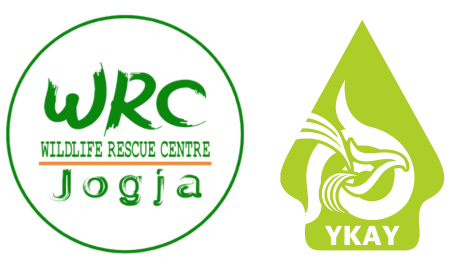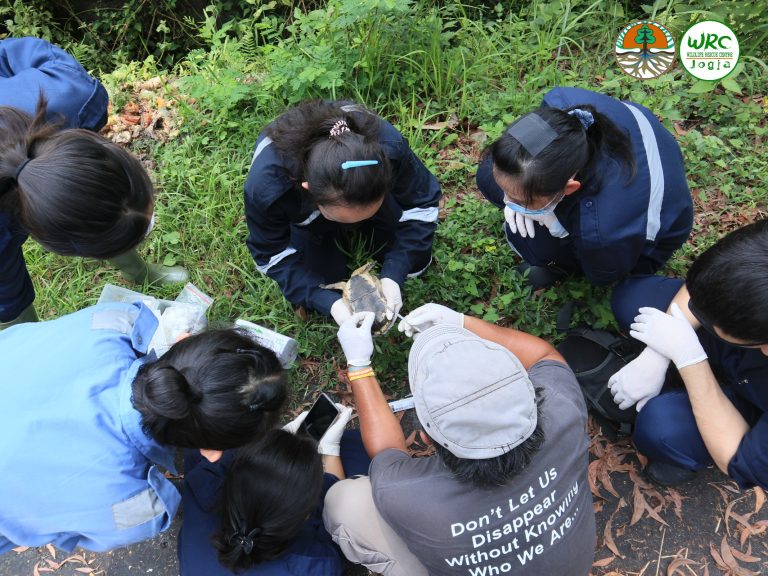
One of our mission is to fill the knowledge gap about wildlife in Indonesia, and one of the ways to realize that is through conducting research activities which will benefit our conservation program in the field. Throughout these years, we have committed to accept students and/or researchers to conduct the research here in our facility, and we will continue to do so in the future. These are the scope of research that we can accommodate so far:
We welcome and encourage every single person, especially Indonesian nationality, who are willing to contribute to conservation through research in our facility. Please kindly check our research guideline in Bahasa here
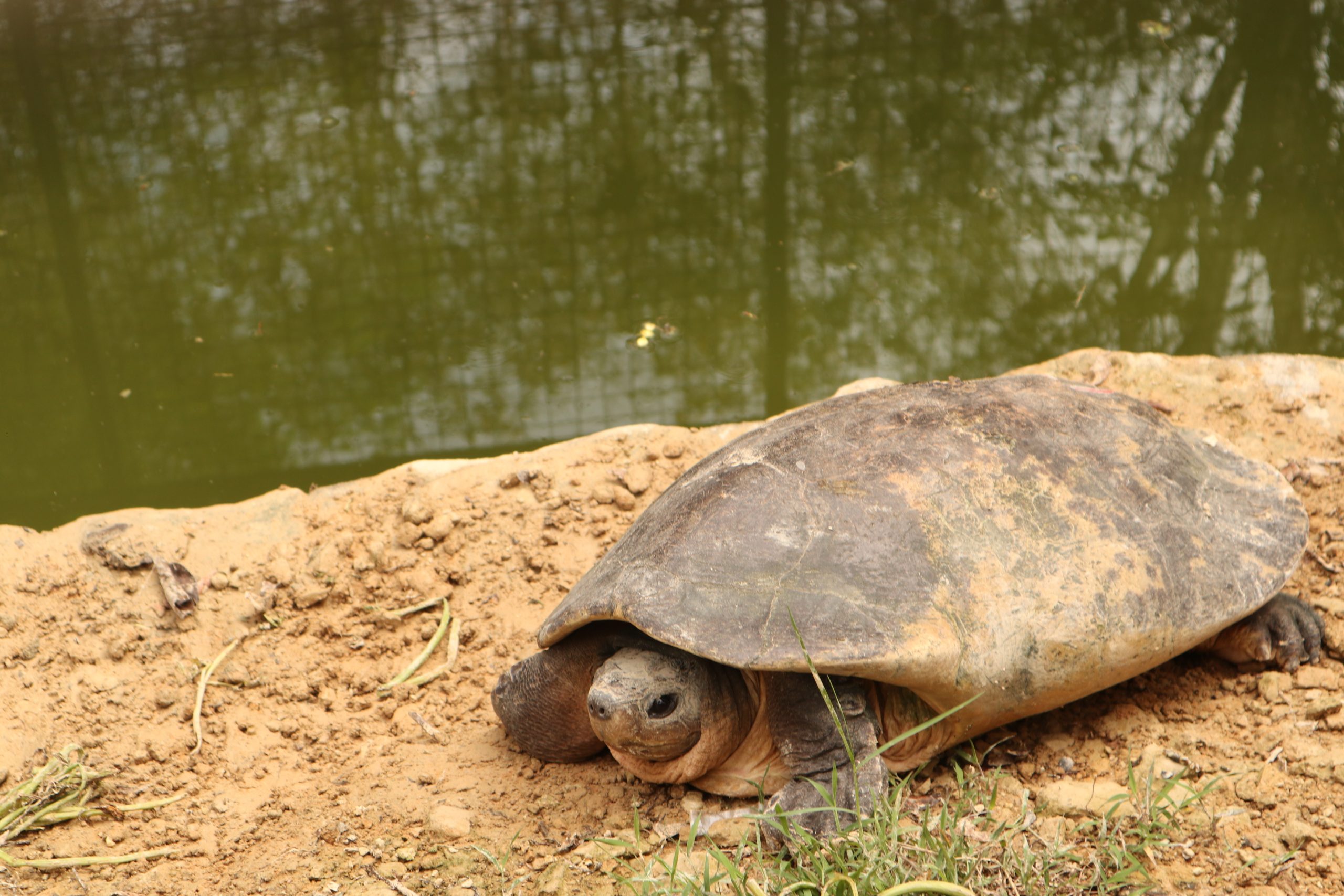
This program aims to build the assurance colony of this species to reinforce its population number in the wild. Obviously not an easy task to do, but we will start this with first learning the ecology of this species in our facility here whilst creating the best condition for them to be able to breed. Then in parallel, we’ll also seek the potential release site for them in the future.
This program aims to build the assurance colony of this species to reinforce its population number in the wild. Obviously not an easy task to do, but we will start this with first learning the ecology of this species in our facility here whilst creating the best condition for them to be able to breed. Then in parallel, we’ll also seek the potential release site for them in the future.
We are happy to receive a grant from the IUCN ASAP Conservation Grant to initiate the conservation program for Malayan Giant Turtle (Orlitia borneensis), a critically yet still becoming the overlooked species!
In this program we will start with sourcing all relevant knowledge about the Malayan Giant Turtle’s ecology to be then applied to the design of pool and husbandry in our site. We will also conduct the health and genetic assessment to find the best pair for future breeding. We collaborate with other organisations such as Gembira Loka Zoo, Yayasan Kolaborasi Inklusi Konservasi, as well as the Indonesia Herpeoftauna Foundation to succeed the program. We will also be in touch with BKSDA Yogyakarta as the authorities in this matter.
Finished
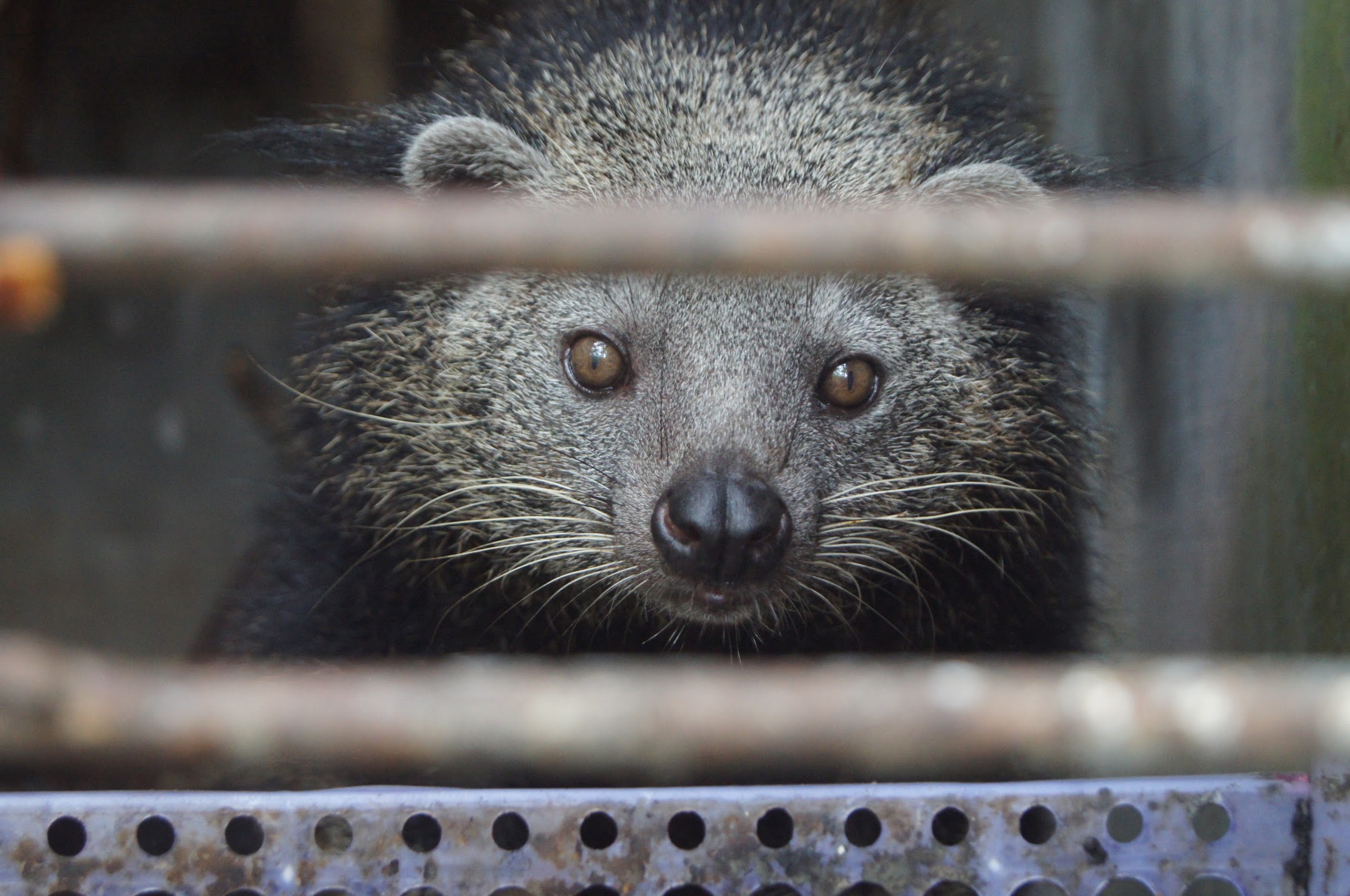
Binturong is a mesocarnivore species which is protected by Indonesian law, and listed as Vulnerable by IUCN. This species has an important ecological role as seed disperser, especially for strangler fig trees. Dispersing and enhancing the germination process is crucial for ecosystem because fig tree provides various resources for forest inhabitants. For instance, the hollow trunk of tree offers shelter for many invertebrates, bats, amphibians, and reptiles. However, despite having such important roles, the binturong is still overlooked and understudied. Until recently, there are only three publications available about binturong in Indonesia.
Binturong is commonly found in captivity and often found circulating in the chain of illegal wildlife trade, despite its status as protected species. Authorities have frequently confiscated binturong from either poachers or illegal ownerships, and then transferred to either zoos or rescue center facilities. Such binturongs usually do not have clear information about their geographic origin, which hampers the center to proceed with reintroduction process. Usually, binturong origin is determined by its morphology. However, this method is highly biased because there is no comprehensive study on binturong morphology in Indonesia yet.
There are actually nine known subspecies of binturong, four of which are in Indonesia: Arctictis binturong pageli (Kalimantan), Arctictis binturong niasensis (Sumatra), Arctictis binturong kerkhoveni (Sumatra), and Arctictis binturong penicillatus (Java). The existence of those subspecies indicates there were habitat isolations which later caused binturong from each location to develop without the genetic mixing of binturong from other islands. Maintaining the purity of this subspecies is important to preserve its genetic diversity. Therefore, mistakes in subspecies identification should be avoided.
Genetic identification offers an accurate identification of the binturong geographic origin. There have been studies conducted on binturong genetics in the past, especially those that are in the zoo. Nonetheless, there is no clear genetic information for Java and Sumatra binturong species, and there is no significant update for subspecies in Kalimantan. Most of the binturong genetic studies only put them as a comparison to other species.
Our project aims to generate the genetic marker of binturong in Indonesia to assist the researchers and conservationists in determining the origin of binturong individuals they are working with. Later, genetic marker can act as a tool to improve the binturong conservation program such as rehabilitation, captive breeding, and species release. And we hope this all can start from our centre.
This genetic project aims to generate the genetic marker of binturong in Indonesia to assist the researchers and conservationists in determining the origin of binturong individuals they are working with. Later, genetic marker can act as a tool to improve the binturong conservation program such as rehabilitation, captive breeding, and species reintroduction. Furthermore, this study can fill the knowledge gap about binturong genetics as a whole.
This project involves at least 40 binturong from all over Indonesia. We work together with many rescue and rehabilitation centre, even the zoo which housed binturong during this research period. Biological specimens in the form of blood and hair will be collected from each individual with prior immobilization procedure. The DNA of all collected specimens will be amplified on the segment of Cytochrome B encoding genes and COX-3 region, then subsequently sequenced and analyzed using bioinformatics software. We teamed with the staff of Department of Biochemistry, Faculty of Veterinary Medicine, Universitas Gadjah Mada Yogyakarta for this project.
We employ the molecular detection procedure including Polymerase Chain Reaction (PCR) method, genetic sequencing, as well as bioinformatics analysis. We thank Revive and Restore for providing us a financial support through its Catalyst Science Fund in Wild Genome Project.
Finished

A haematology examination is one of the most common and is an essential procedure to dig the physical health status of animals. Almost all physical problems can show changes through blood within cardiovascular system, such as inflammation, oedema, vasodilatation, etc. Therefore, a haematology examination can provide the best initial clue of the disease occurrence of the animals in the field, before further examinations like microbiology or the other clinical examinations taken place.
The most rehabilitated species in WRC Jogja is eagle, especially the Changeable-hawk Eagle and the Crested Serpent Eagle. That condition also applies to other wildlife rescue and/or rehabilitation centres in Indonesia, where the abundant presence of raptor species is common. Most eagles come as a result of either a chain of illegal wildlife trade, illegal hunting, or illegal ownership. Under those conditions, a veterinarian is challenged to save the animals arriving in the centre. Hence, a haematology examination here provides a massive help to diagnose the physical health status of the injured birds comprehensively.
However, there has been a gap regarding the haematology reference of some eagle species, either about the blood cell morphology or the normal blood reference interval. Veterinarians usually use the reference from other eagle species, notably those that are living overseas, to interpret the result of blood examinations. Such reference obviously may enhance bias of the laboratory diagnostic result. Thus, this project aims to fill the knowledge gap about the blood cell morphology and the normal blood reference interval of two eagle species commonly found here: a Crested Serpent Eagle and a Changeable-hawk Eagle.
This project involves steps such as blood collection, laboratory examinations which include both complete blood count and biochemistry, and statistical analysis. We are very lucky to have the opportunity to work together with the Department of Clinical Pathology, Faculty of Veterinary Medicine Universitas Gadjah Mada, a Pathology Department of Universitas Brawijaya, Animal Clinic of Gembira Loka Zoo Yogyakarta, and also Fauna and Flora Station of Yogyakarta Natural Resources Conservation Agency (BKSDA Yogyakarta).
Finished
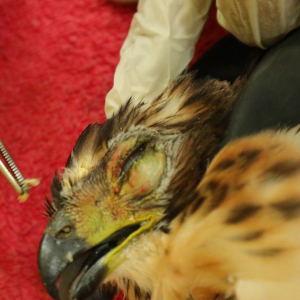
The blood parasite case of wild birds in Indonesia is still under studied and under reported, even though the blood parasites can be fatal and potentially hamper the release rate of the birds in rehabilitation facility like ours. In conjunction with the haematology study on eagle, we try to investigate the kinds of blood parasites, especially haemoproteus species, which potentially infecting a Changeable-hawk and further affecting its rehabilitation-to-release success rate.
One option to identify the blood parasites is through the examination under microscope. However, such method is difficult to produce the specific result due to a various life cycle of blood parasites. Furthermore, many parasites may look similar under an ordinary microscope. Therefore, we chose to do molecular investigation through PCR method in this case.
Ongoing.

Sex identification is crucial for an ex-situ wildlife conservation effort such as zoo, rescue and/or rehabilitation centre. This is especially more important for the monomorphic animals, including birds which are difficult to be sexed morphologically. Some popular sexing methods for birds are: vent sexing, individual size (in some birds male/female is bigger), or through the distinct appearance of feather colour (only for sexually dimorphic species). However, those methods are lacking in accuracy due to high subjectivity, meaning every operator may have different ability and perception toward the identification parameters. Instead, the molecular sexing provides the most accurate method for sex identification, where it directly determines the sex based on individual sex chromosome.
We employ the molecular detection procedure which includes sample (blood and feather) collection, DNA extraction, Polymerase Chain Reaction (PCR), and DNA electrophoresis. The birds involved in this project are: eagles, owls, buzzard, cassowary, yellow-crested cockatoo, Goffin’s cockatoo. We thank the Biochemistry Department of Faculty of Veterinary Medicine Universitas Gadjah Mada Yogyakarta for inviting us as a collaborator in this project.
Finished
Results showed that the molecular sexing method can be a gold-standard for sex identification of monomorphic birds using the specimen of blood and/or feather. The PCR results which were visualized through the gel electrophoresis showed a distinctive result where there is 1 DNA band for male (ZZ) and 2 DNA bands for female (ZW) birds. Later on, we utilized the results of this research to renew our animal database.
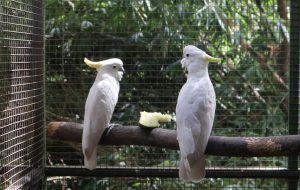
The PBFDV is one of the biggest threats for the conservation of endemic parrots of Indonesia due to its chronic and latent trends of the disease. Parrots infected by PBFDV can show either clinical or subclinical physical signs. Despite serving a major threat for parrot conservation, it is not known where this virus might initially coming from and hence hindering the diagnosis and treatment decisions as well as the comprehensive eradication efforts. The characterization of prevalent PBFDV in Indonesia is crucially needed as an effort to reduce the conservation threat of the parrots conservation.
We use the molecular approach to characterize the virus employing ORF1 genetic region. Samples will be obtained from birds inhabiting several ex-situ conservation institution around Java and East Indonesia. We thank the National Research and Innovation Agency (BRIN) for inviting us as a collaborator for this research.
Ongoing.
–
Tojeiro volunteered at WRC in 2018 and instantly fell in love. He decided to leave his job in the Netherlands to work alongside our keepers, managing projects and making sure all the animals get the best care possible. During the relocation period, Tojeiro studied animal health management to increase his capacity in the field of animal welfare.
